DOTATATE Acetate (CAS: 177943?89?4) – Purity 99.77% | GMP Factory
$2.00
DOTATATE acetate is a high-purity (?99.77%) DOTA-chelated somatostatin analogue peptide for PET imaging and peptide receptor radionuclide therapy (PRRT) research. Produced in a GMP-compliant facility for reliable research-grade use.?For wholesale prices, other specifications and uses, please consult our staff?
描述
DOTATATE acetate is a synthetic DOTA-conjugated octreotate peptide designed to target somatostatin receptor subtype 2 (SSTR2), which is highly expressed in neuroendocrine tumors (NETs). When labeled with radionuclides such as gallium-68 (^68Ga) or lutetium-177 (^177Lu), it becomes a powerful tool for PET imaging and peptide receptor radionuclide therapy (PRRT). This compound is essential in research for creating Radionuclide-Drug Conjugates (RDCs) and developing diagnostic or therapeutic radiopharmaceuticals.
Product Specifications
| Parameter | Description |
|---|---|
| Product Name | DOTATATE Acetate (DOTA-(Tyr³)-octreotate acetate) |
| Synonyms | DOTA-TATE acetate |
| CAS Number | 177943?89?4 |
| Purity | ?99.77% (HPLC) |
| Mechanism | Somatostatin receptor 2 targeting peptide for imaging/therapy |
| Form | Lyophilized white to off-white powder |
| Solubility | Soluble in PBS, water, or DMSO (heat/sonication may help) |
| Storage | –20?°C, dry, protected from light |
| Manufacturing | GMP-compliant facility |
| Intended Use | Laboratory research use only — not for human or veterinary use |
Mechanism of Action & Research Applications
DOTATATE acetate targets SSTR2-overexpressing cells, such as neuroendocrine tumors, through a high-affinity interaction. When radiolabeled, it facilitates PET imaging or PRRT by delivering diagnostic or therapeutic isotopes directly to tumor cells. This positioning makes it invaluable for:
-
PET imaging development using ^68Ga-DOTATATE for high-resolution tumor localization
-
PRRT research using ^177Lu-DOTATATE for targeted radionuclide therapy in laboratory models
-
Designing next-generation radionuclide–drug conjugates (RDCs) for neuroendocrine tumor targeting
Side Effects (Research Reference Only)
In preclinical experiments, radiolabeled DOTATATE may cause:
-
Cell damage through localized radiation (beta-particle mediated DNA breaks)
-
Off-target radiation-induced effects in vitro
These observations apply to model systems and do not reflect clinical safety.
Disclaimer
This product is strictly for laboratory research use. It is not approved for diagnostic, therapeutic, or human or veterinary use.
其他信息
| 重量 | 0.6 公斤 |
|---|---|
| 尺寸 | 26 × 23 × 26 厘米 |

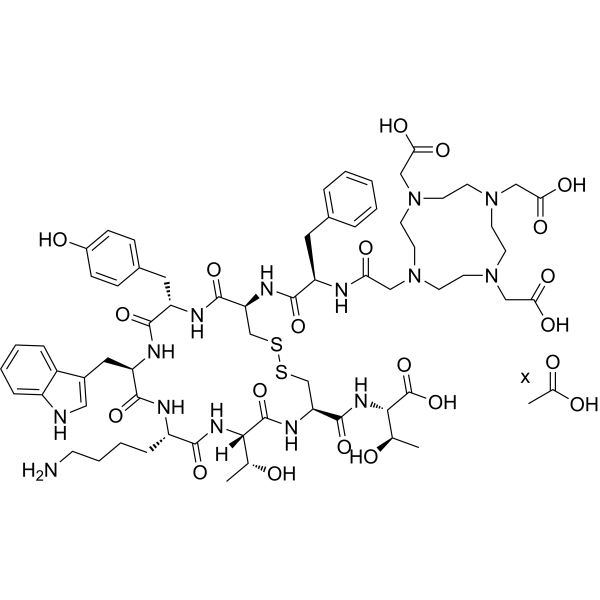
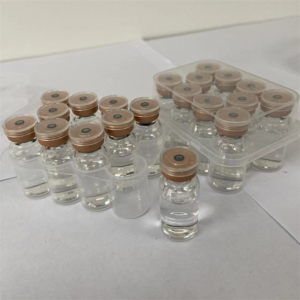
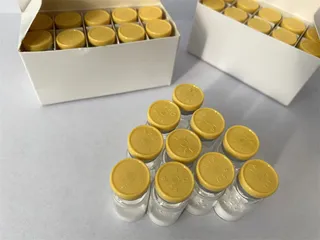


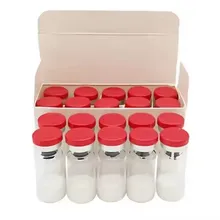
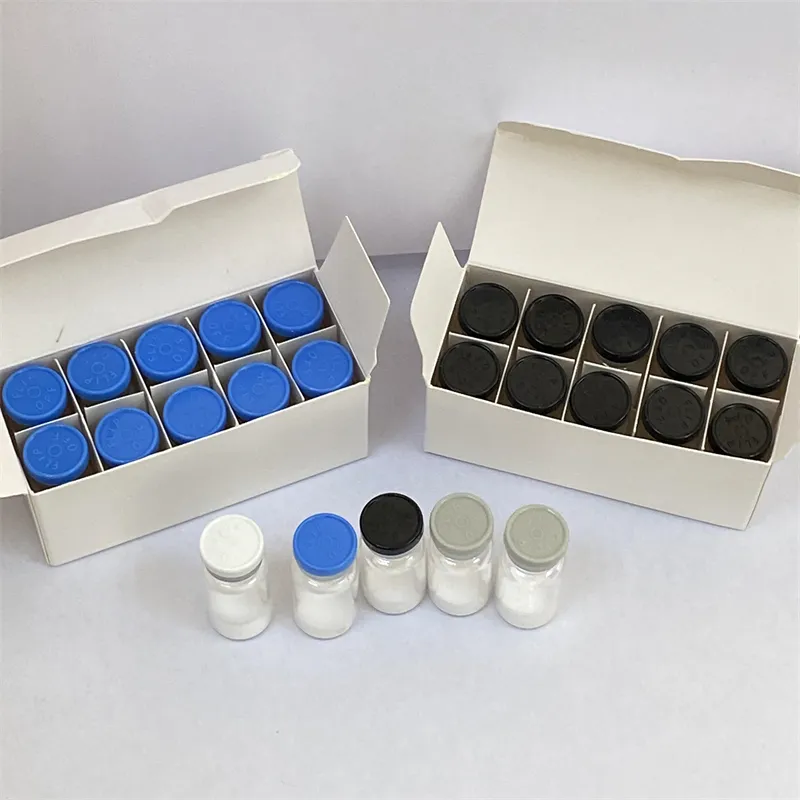
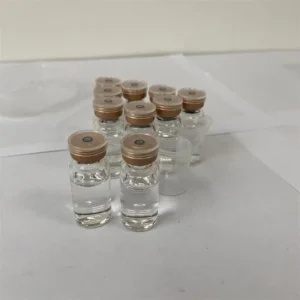
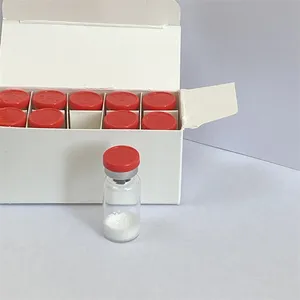
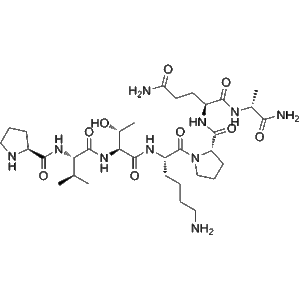

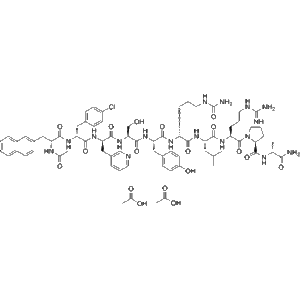


评价
目前还没有评价